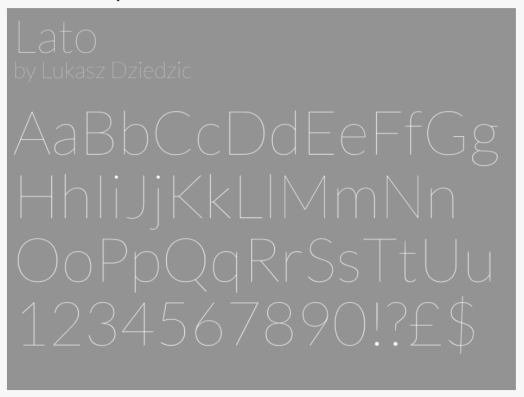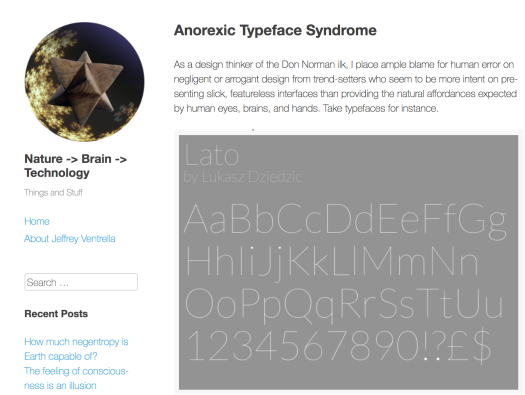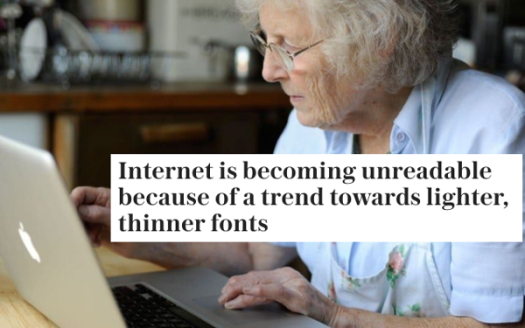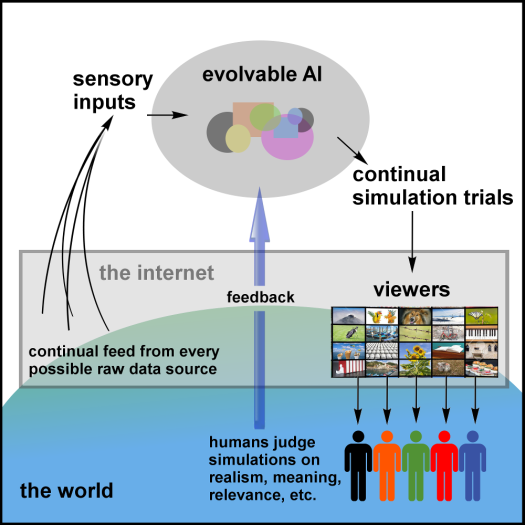As a design thinker of the Don Norman ilk, I place ample blame for human error on negligent or arrogant design from trend-setters who seem to be more intent on presenting slick, featureless interfaces than providing the natural affordances expected by human eyes, brains, and hands. Take typefaces for instance.

As the pixel resolution of our computer displays becomes higher, the arrogant designers who get hired by trend-setting corporations find it necessary to choose typefaces that are as thin as possible, because…thin is in!
Well, I have something to say about that: Anorexia Kills!
How about people’s ability to fucking read? I kind of like it when I can read. And I don’t like it when I am made to feel like an 87 year-old who needs a magnifying glass (like my mother – who is especially challenged when she has to actually read words on an iPad).
And it’s not just the rapidograph-like spiderweb of fonts that are becoming so hard to read. Designers are now fucking with contrast:
—Kevin Marks WIRED: https://www.wired.com/2016/10/how-the-web-became-unreadable/
Sarah Knapton: https://www.telegraph.co.uk/science/2016/10/23/internet-is-becoming-unreadable-because-of-a-trend-towards-light/
I was in Boulder, looking for the Apple store so I could by a new MacBook Pro. I had a hard time finding the store because the symbol I was looking for was barely visible from a distance, or unless I was looking straight at it.

Apple is becoming less interested in helping us be productive than they are in being the most slick designed thing in the room – or the mall. Apple originally earned a reputation for good user-interface design. But the capitalist engine of unlimited growth and the subsequent need to differentiate among the competition has created a pathology. It has created a race to the bottom. At that bottom…our senses are being starved.
I have similar thoughts on the way physical Apple products have become so thin as to be almost dangerous – in this blog post.
It may be my imagination, but since buying my new MacBook, this very blog post seems harder to read. Did WordPress go on a font diet? Or is Apple the culprit? Check out this screenshot of this blog post as I am seeing it on my MacBook:

You may have heard the saying: “good design should be invisible”.
To say that good design should be invisible does not mean eliminating as many features as possible from a visual interface – causing it to become a wisp of gossamer that requires squinting. The human senses naturally rely on signals – we are accustomed to a high rate and high density of signals from our workable environments.
Okay, the trend away from serif to sans serif was reasonable. But I have a request of Apple and other design trend-setters: please stop eroding away at what few features remain.
Anorexia Kills!




 We’ve been talking about the
We’ve been talking about the  Ever since I learned about the color wheel in art class as a young boy, I had been under the impression that the colors are cyclical; periodic. In other words, as you move through the color series, it repeats itself: red, orange, yellow, green, blue, violet…and then back to red. You may be thinking, yes of course…that’s how colors work. But now I have a question…
Ever since I learned about the color wheel in art class as a young boy, I had been under the impression that the colors are cyclical; periodic. In other words, as you move through the color series, it repeats itself: red, orange, yellow, green, blue, violet…and then back to red. You may be thinking, yes of course…that’s how colors work. But now I have a question…

 Consider the red-green-blue model, which defines a 3D color space – often represented as a cube. This is a common form of the
Consider the red-green-blue model, which defines a 3D color space – often represented as a cube. This is a common form of the 
 Did the human mind and human society impose circularity onto the color spectrum in order to contain it? Was this encouraged by the physiology of our eyes, in which various wavelengths are perceived, and mixed (mapping from a one-dimensional color space to a higher-dimensional color space)? Or might it be more a matter of the influence of pigments, and the age-old technology of mixing paints?
Did the human mind and human society impose circularity onto the color spectrum in order to contain it? Was this encouraged by the physiology of our eyes, in which various wavelengths are perceived, and mixed (mapping from a one-dimensional color space to a higher-dimensional color space)? Or might it be more a matter of the influence of pigments, and the age-old technology of mixing paints?